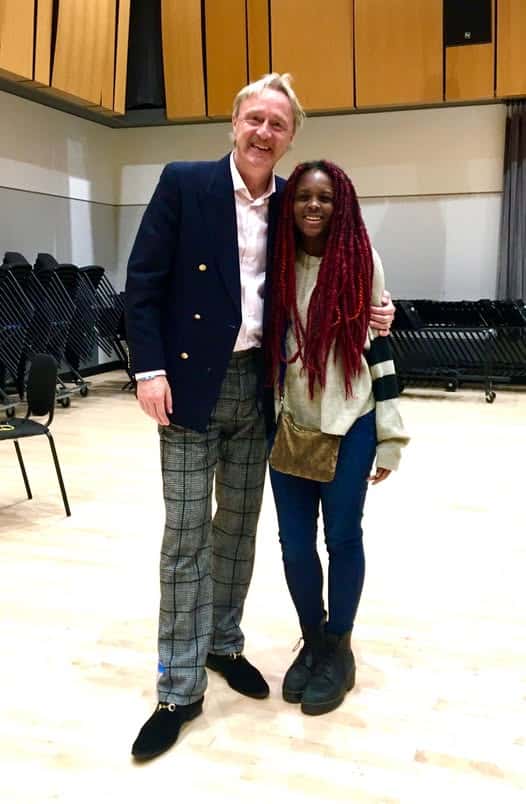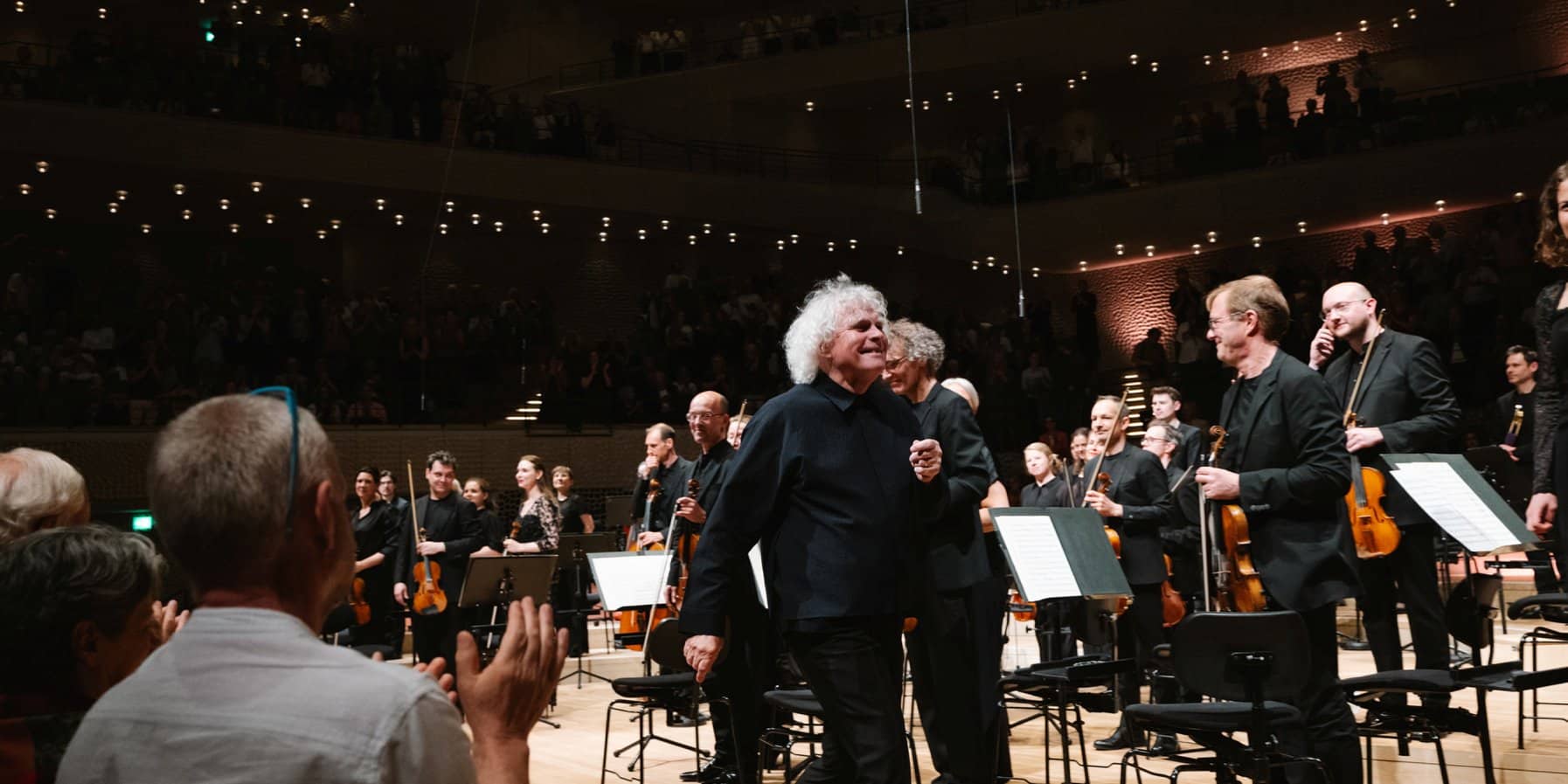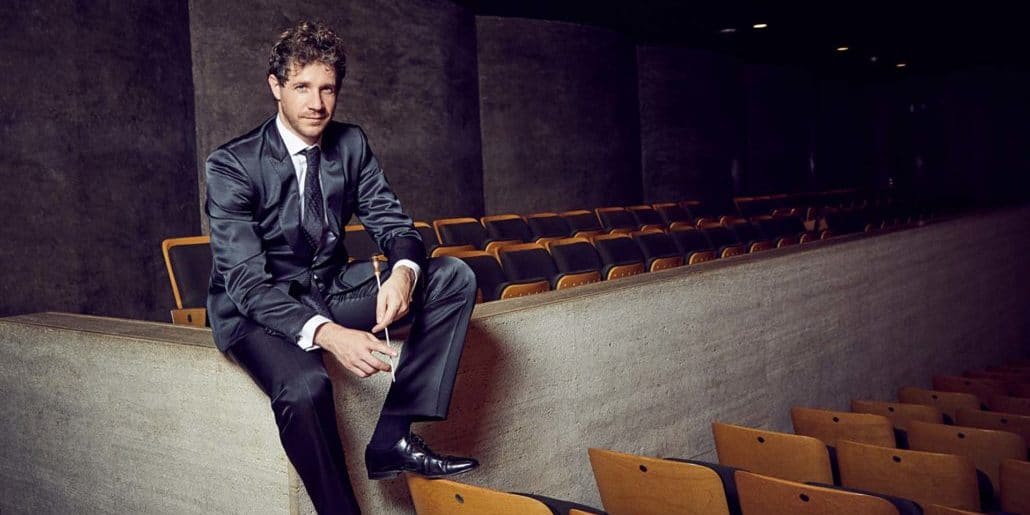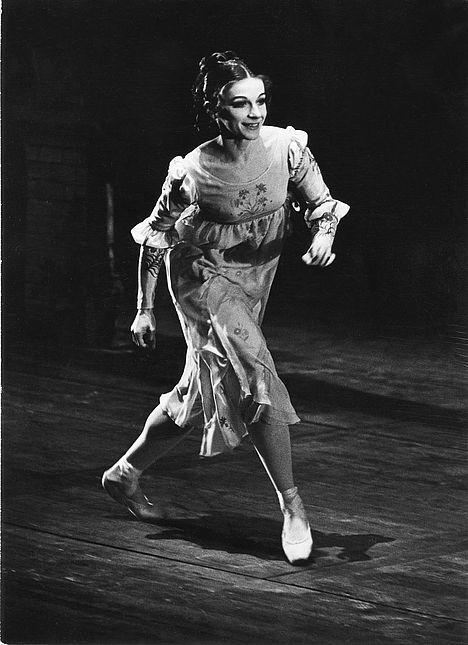How the violin attained its present shape
mainDaniel H. Chitwood of St Louis, Missouri, has conducted ‘an analysis of morphological evolution in the violin family, sampling the body shapes of over 9,000 instruments over 400 years of history.’ He’s not afraid to name and shame, picking out ‘luthiers who likely copied the outlines of their instruments from others’.
Every important maker had his own pattern, or ‘cluster’, revealed here.

Antonio Stradivari remains, however, the greatest innovator:
The question arises, how did he succeed in effecting, year after year, the continual and ever-varying modifications of the curves of the outline? It is evident that he drew a fresh design, and made a new mould for each decided change of form, whether of large or small dimensions; but at the same time we think he probably had some simple plan which, by a slight alteration, permitted him to make use of the old mould while retaining a free hand to alter in a greater or less degree the curves, more especially those of the bouts and corners.
Read the full paper here.





And is all started one summer evening, nice, warm, plenty to buzz about thought the Mosquito, and then got caught inside, of course. Someone shut a door. Fortunately the violin maker’s mother was hungry, no web involved…
Wow, get a load of the “Pellegrina” shape!